The truth is about to come out, and a lot of wellness Influencers are going to be mad. In this 2 part series, I share all of the crazy health myths you can ignore.
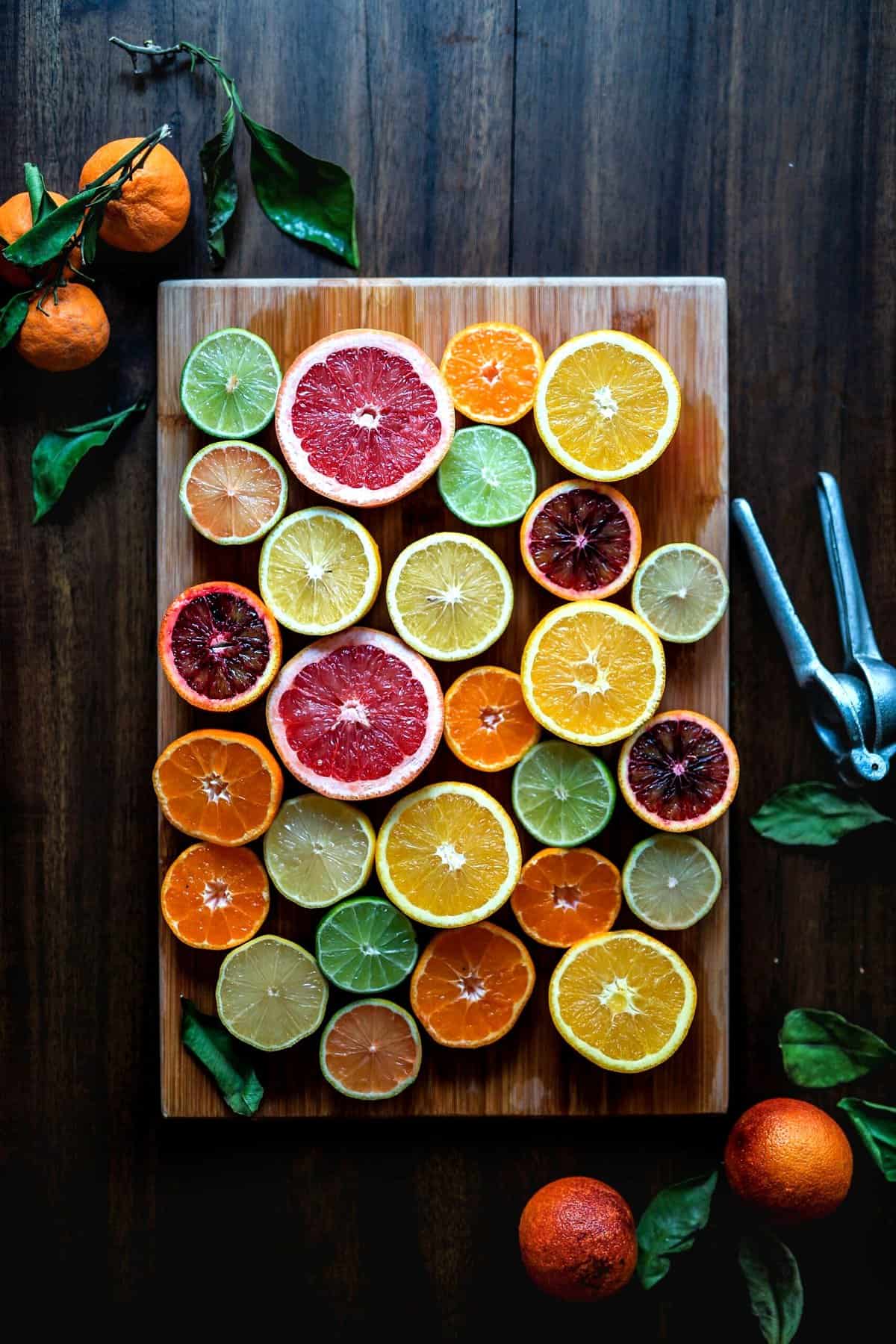
There is no shortage of misinformation on social media right now, largely perpetuated by content creators with huge platforms and zero education or training in the field. So I thought we would play a little game called let’s make wellness influencers who are profiting off of Pseudoscience super duper mad by discussing all of the health myths that you can ignore.
Diet Coke Causes Cancer
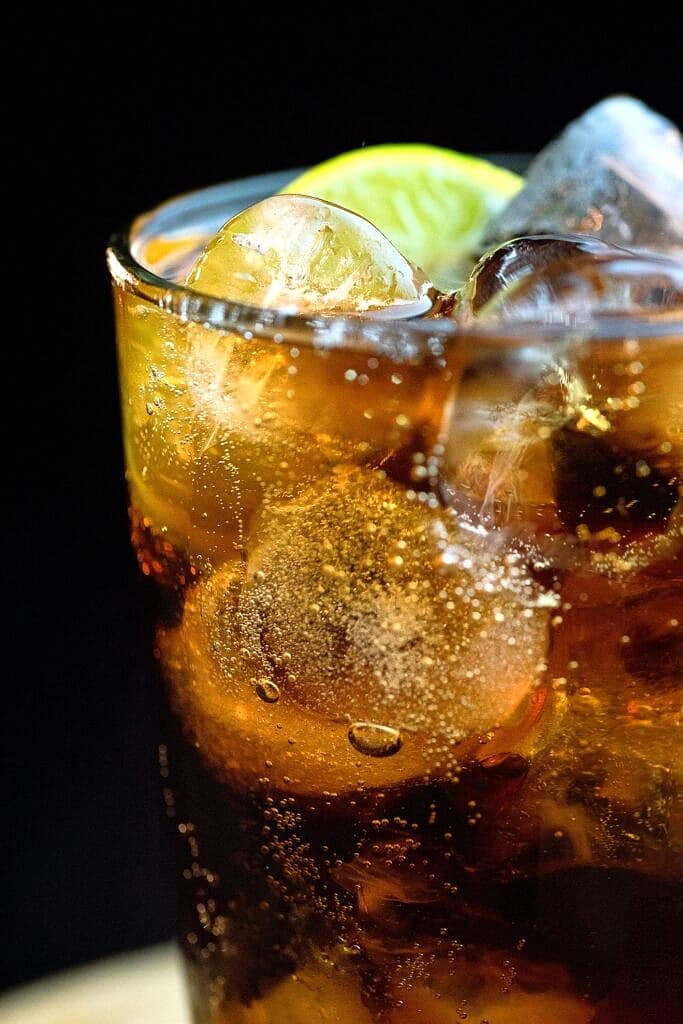
Starting strong with health myths you can ignore, the huge Diet Coke and cancer debate. Recently the WHO came out with an inflammatory recategorization of aspartame as a carcinogen, which the media interpreted as Diet Coke causing cancer. But this fails to understand what the data and classification system actually means. So tobacco is a group 1 carcinogen, which means that it is carcinogenic to humans, similar to alcohol and asbestos. Red meat appears in group 2A along with air pollution and shift work, which means it’s probably carcinogenic. And yes, I said shift work. And then aspartame falls into group 2B aka possibly carcinogenic to humans. In case you’re wondering what else is classified in group 2B like aspartame, consider aloe vera, pickled vegetables, progesterone-only contraceptives, and electromagnetic fields that your cell phones emit all around you all day. Now for aspartame to meet the criteria for 2B there has to be limited evidence of cancer association in humans and insufficient experimental evidence in animals OR if there’s no human evidence at all, but there’s enough evidence that there is a mechanism in animals that could apply to humans. In other words, it’s far from causation.
What makes this classification even more confusing and in some ways kinda useless is that it just tells us about the strength of the evidence, not how risky it is in real life or how much of the substance would be needed to cause harm. All of these substances just get lumped into one category as if spending your entire life breathing in asphalt is the same as having an occasional can of Diet Coke. We may have updated recommendations in the future, but right now, the FDA has suggested a daily intake of 50 mg per k g of body weight, or like 19 cans of diet coke a day, which would be under the safe amount.
So, friends, the dose makes the poison, which is why this is one of the biggest health myths you can ignore. I don’t personally drink Diet Coke but I think you should treat aspartame like sugar and enjoy it in moderation. it’s not a health food, but its probably not going to the the primary reason for anyone’s decline.
Six Pack Equates Health in Women

This next part of the health myths you can ignore saga will definitely make the fitness influencer girlies mad. Because spoiler alert, it does not equate health. Here’s the thing, some women naturally have more visible abs without having to put themselves through an outrageous restrictive diet or overexercising protocol. And hormonally, they may appear completely healthy. But the vast majority of us women are just not meant to be that lean. To see visible ab definition like a tight 6 pack, most women need to get down to 14-20% body fat. Yet most of us need around 26-28% body fat to regulate our cycle, and reproductive hormones, and support natural fertility. Again, bodies come in all different shapes and sizes and there are a lot of women who can maintain low body fat percentages, have a 6 pack, and still get a period, ovulate, and get pregnant. But typically, the behaviors taken to get said 6 pack aka extreme caloric restriction, overexercising, or both, with or without a low body fat percentage, are also huge risk factors for anovulation, amenorrhea and hormonal irregularities. So despite what social media may make you believe, a 6 pack should not be the goal.
You Need to Avoid the “Dirty Dozen”
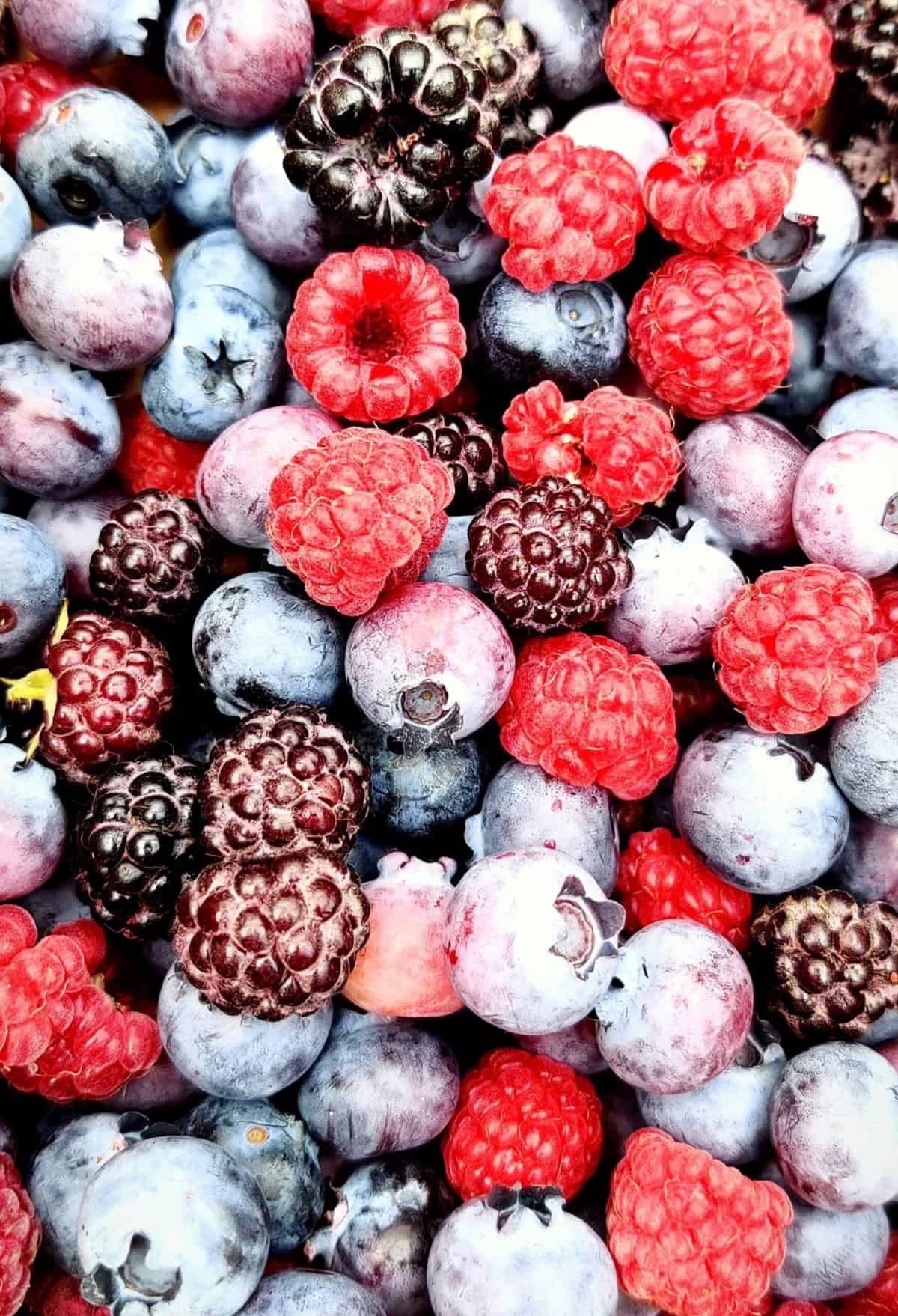
The Dirty Dozen is a list that is released annually by the EGW or the environmental working group where they list the fruits and vegetables with the greatest pesticide residues. If you haven’t heard of the EWG, lucky you, but in short, they market themselves as being these unbiased truth crusaders going head to head with big food, the FDA, USDA, and other major health authorities. They rank food products based on how clean they are, loudly opposing conventionally grown or GMO crops. While they are super vague about their sponsors and donors, they list several organic food brands and “clean beauty” brands which many claim may affect how these brands are ranked without proper disclosure.
Transparency issues aside, I’m personally more concerned by some of their dubious anti-science board members and the fact that they have published blatant disinformation including a 2004 article linking vaccines to autism. The way they come up with their dirty dozen list is by looking at the Pesticide Data Program which samples more than 10,000 food samples for pesticide residues. Their findings remind us just how safe our food is seeing as over 99% of samples tested had residues below the tolerances set by the EPA, and 42% had no detectable pesticide residues at all. The residues here are so low that we would reach toxicity levels from the fruit or vegetable before we would reach the toxicity levels of the pesticides. The Alliance for Food and Farming developed a calculator to show you how many servings of a dirty dozen fruit or veg you would need to eat in one day to reach beyond the no adverse effects level (NOAEL). And here are the results. You’d have to eat almost 2000 peaches and over 2300 nectarines, nearly 7500 servings of kale, 340 apples, or almost 7500 servings of celery. You would be shitting your pants all day for days if you eat this, not from the pesticides, but because of the fodmaps and fibre. So obviously folks, the dose makes the poison.
The other issue with The Dirty Dozen is similar to the issue of how carcinogens like aspartame are classified. It doesn’t incorporate risk assessment into the calculations- all of the pesticides are weighted equally and we don’t factor in the levels deemed acceptable by the EPA. In other words, this list is based solely on residue count, not what the chemical is, what concentration it is in the food, and how those levels compare to the EPA’s tolerance levels for specific chemicals. They also never mention the fact that organic foods contain pesticides, which may or may not be safer than synthetic. Does anyone remember the natural organic pesticide rotenone? We thought that was super safe because it was “all natural”, but it ended up attacking the mitochondria and causing Parkinson’s disease in rats. My point here is not that organic foods are also bad. It’s that assuming you’re not eating thousands of peaches a day, conventional produce is safe.. And fearmongering wellness information like the dirty dozen does actual harm. One study found that fearmongering pesticide messaging resulted in low-income families who couldn’t afford organic to purchase LESS produce all together. We don’t need to further the health disparities in this country with misinformation like this. So organic, conventional, buy what you can afford, wash it well, and consider the “dirty dozen” a health myth you can ignore.
Bottom Line
With that being said, I recommend avoiding jumping on the bandwagon with internet health claims and always promote doing your research and doing what is best for YOU and your body. Obviously there are a lot more misinformed wellness influencer claims to unpack. So, make sure to keep your eyes open for part 2 of this series about health myths you can ignore coming to the blog next week!
More Blog Posts You Might Like
Do you enjoy debunking diet and health myths just as much as me? Check out some of my favorite posts on the blog!
- IS VEGETABLE OIL BAD FOR YOU? | THE VEGAN OIL FREE DIET
- FOOD COMBINING DIET: THE SHOCKING TRUTH ABOUT THE DIET FOR WEIGHT LOSS, BLOATING, & IBS
- BEACHBODY SHAKEOLOGY: IS IT WORTH IT?
- VITAMIN INFUSIONS | IS IV VITAMIN THERAPY THE KEY TO GOOD HEALTH?
Updated on April 21st, 2024


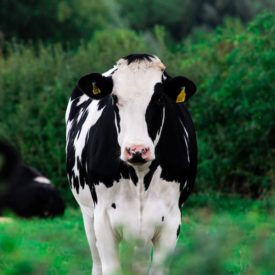

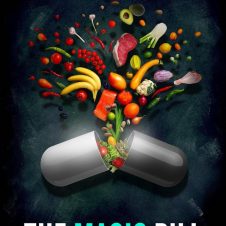
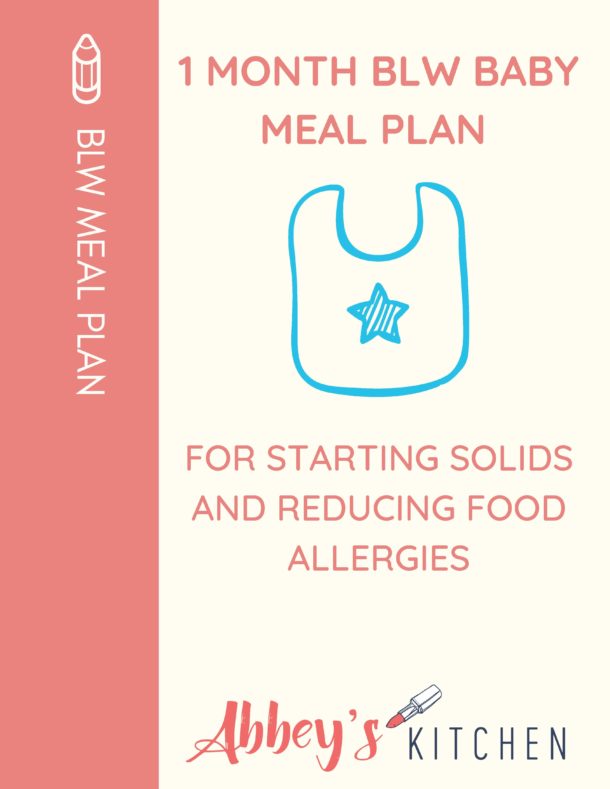
Sarah Catherall says
Dear Abbey,
I don’t know how I stumbled across your YouTube channel but I am hooked! I was a science major for part of my college career and I have always valued logical thinking and EVIDENCE BEFORE I “follow the science.”
I find you very smart, funny and you have a great personality. Your content is SO needed. It was because of watching you that I dropped out of Weight Watchers—just as you share I had found myself in a restrict then binge then restrict cycle. I thought of some foods as good and some bad. And I felt DEEPLY guilty if I “weakened” and gave into “temptation.
But you have taught me that food is JUST food—just fuel to power my amazing body. There is a Bible verse that says “God has given us all things freely to enjoy.” So I agree with you, as I start my Intuitive Eating journey that, again as the Bible says “All things are permissible but not all things are profitable.” I have lost about 30 lbs. with WW but I plan to beat the odds and NEVER gain it back. I have the goal of losing just 1/2 lb. per week—in the course of a year that is 26 lbs.!!!!!
So I just wanted to thank you for your ministry of truth that is SO needed. I only wish you would watch your language more. I couldn’t recommend your show to any of my friends because I know they would be greatly offended and turn to a different channel.
All God’s best to you and your wonderful family!